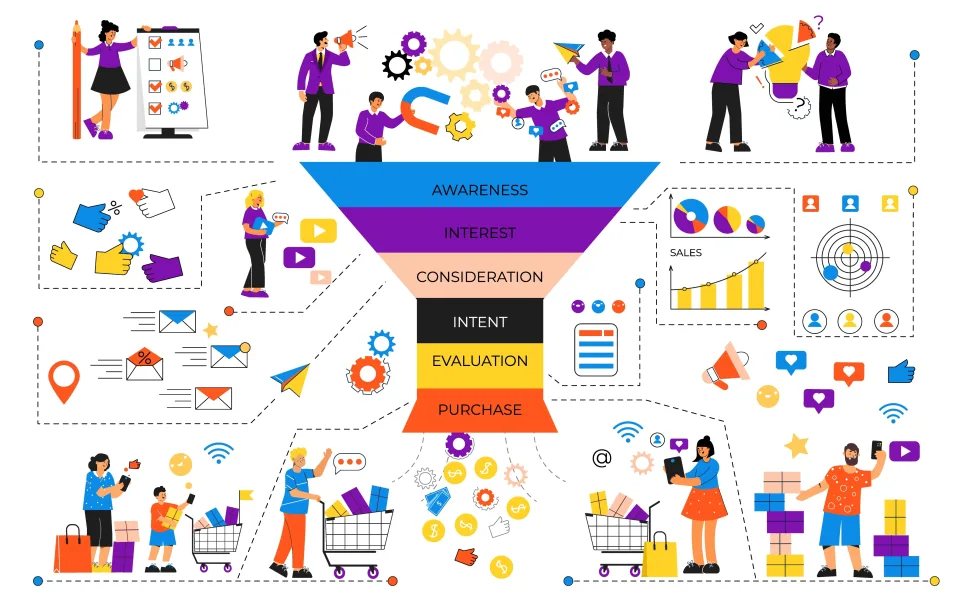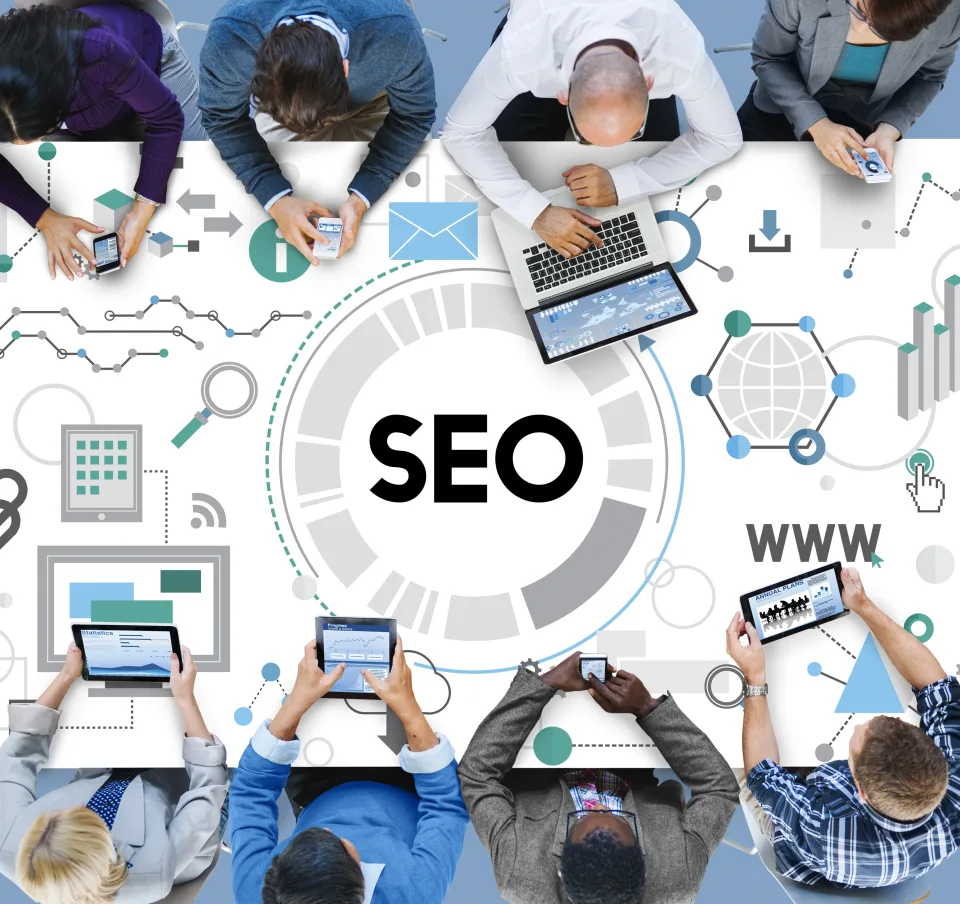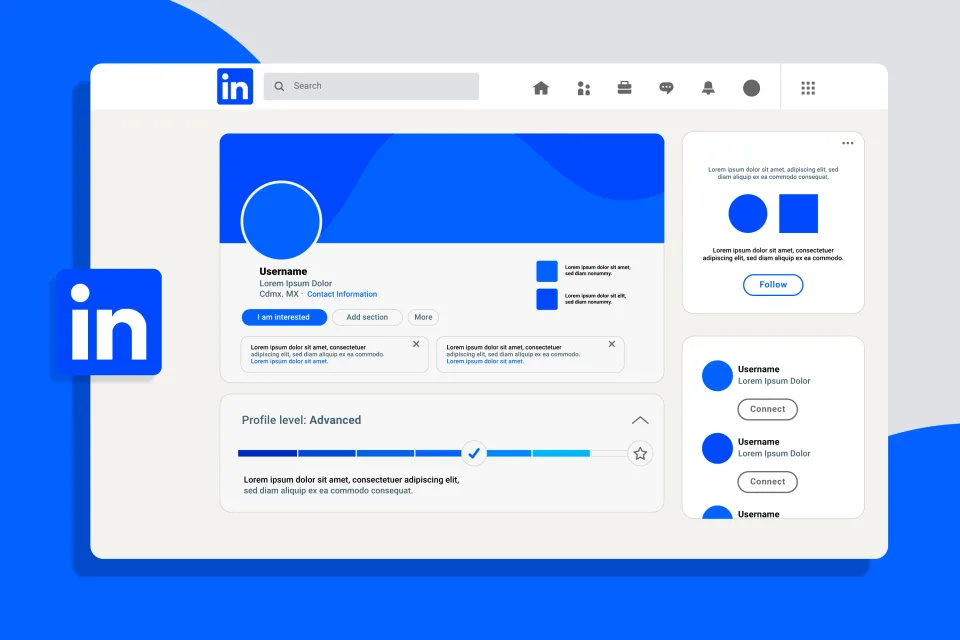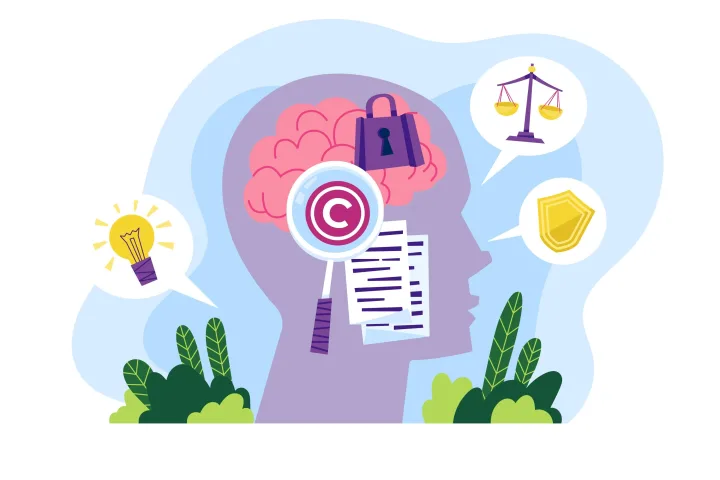
Getting people to visit your website isn’t enough in 2025; the true problem is getting them to become leads. Small and medium-sized businesses lose thousands of dollars every year because people leave their sites and forms.
For instance, a retail client we worked with lost 60% of their traffic without engaging, which cost them revenue. We have seen this problem in many different fields at Stremeline Digital Marketing.
Conversion psychology in marketing utilizes behavioral science to ethically influence people’s actions, ultimately driving them to take desired actions, thereby converting clicks into customers. This post gives you useful tips on how to increase conversions without using shady methods. It covers social proof marketing, option architecture, and form optimization.
We’ll show you how to make experiences that build trust and get people to buy, whether you’re a creator, marketer, or business owner. Let’s get started on turning attention into action with Conversion Psychology in Marketing. Learn more about our AI-powered ways to get leads.
Why Conversion Psychology in Marketing Matters for Lead Generation
The key to getting more leads in marketing is to understand Conversion Psychology in Marketing. Businesses can create experiences that connect with people and get results by knowing how they think and act. Lead generation psychology helps businesses stand out in 2025, when competition is at an all-time high, by connecting with what users want and developing trust from the first interaction. By applying Conversion Psychology in Marketing, companies can design funnels that drive action without manipulation.
In a crowded digital landscape, lead generation psychology is a differentiator. Gartner predicts that by 2025, 70% of B2B companies will prioritize behavior-driven marketing. A client in the education sector used personalized CTAs based on user behavior, increasing demo bookings by 15%. Align your strategies with psychological triggers to capture leads effectively.
The Psychology of Conversion – Beyond Clicks
Harvard Business Review says that 95% of the decisions people make are based on emotions and cognitive biases. Clicks don’t always lead to sales; prospects need strong, easy-to-understand reasons to become involved.
For example, we told a SaaS business to cut the number of form fields from 10 to 4, which led to a 28% increase in trial sign-ups. Another client, an online store, saw a 15% increase in cart completions by making their return policies clear from the start. These examples highlight how Conversion Psychology in Marketing can get people to do something about their interests.
To get people to stop looking and start buying, focus on emotional triggers like trust, urgency, and simplicity. Test your messages often to make sure they match what drives your audience, leveraging Conversion Psychology in Marketing for optimal results.
Lead Generation, Psychology, and First Impressions
First impressions may make or break a deal. According to Google research, people decide whether to stay on a website in just 50 milliseconds.
Slow loading speeds or messy designs make people leave sites more often. In fact, 53% of mobile visitors leave sites that take more than 3 seconds to load. Psychology of lead generation focuses on clear images, short messages, and trust cues like reviews.
We helped a B2B client redesign their site with a big headline and customer logos. This lowered bounce rates by 20% and brought in 12% more leads. To get people’s attention right away, use clear design, rapid load times, and reliable signals, applying Conversion Psychology in Marketing to enhance first impressions. Check out our web development case studies.
Behavioral Science Principles in Action
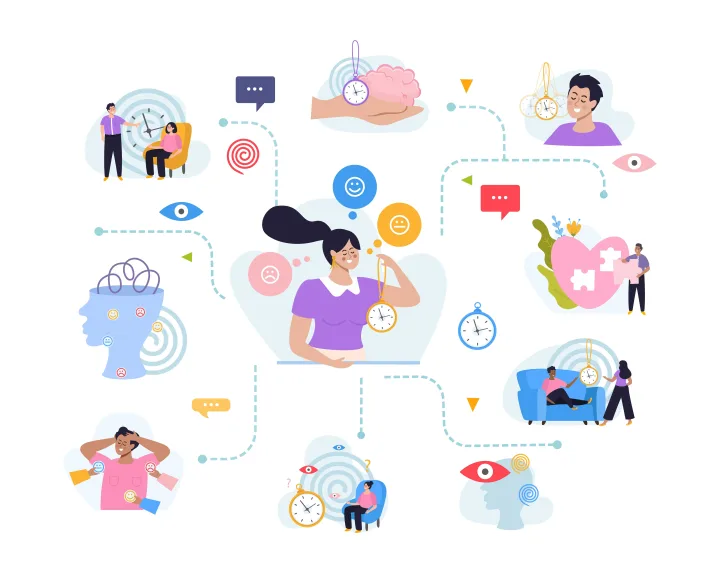
Behavioral science is the basis of Conversion Psychology in Marketing. It gives marketers tools to ethically change people’s minds. Businesses may get people to take action without tricking them by using ideas like social proof, choice architecture, authority, and reciprocity, all rooted in Conversion Psychology in Marketing.
Social Proof Marketing & Psychology
People tend to follow others, and social proof marketing uses this. Before buying, 70% of consumers trust reviews, according to a report by BrightLocal. To make your CTAs more believable, include real testimonials next to them. For instance, a fitness brand we worked with added video testimonials to its landing page, which led to a 22% increase in sign-ups. Another client saw an 18% increase in conversions after putting up “2,000+ users trust us” badges. Don’t use generic evaluations. Use specific, relatable experiences to make social proof marketing work. Place testimonials in the best spots to get the most attention and make sure they sound real, enhancing Conversion Psychology in Marketing.
To amplify social proof marketing, showcase user-generated content like customer photos or social media mentions. A retail client displayed Instagram posts from happy customers, increasing engagement by 10%. Encourage reviews by emailing customers post-purchase, and highlight specific metrics (e.g., “Rated 4.8/5 by 1,000+ users”) to build credibility without exaggeration.
Choice Architecture Marketing
Choice architecture makes decisions easier by organizing choices. Columbia University research demonstrates that restricting choices to 3–5 can help people make decisions faster. Set defaults, such as pre-selected plans, to help people sign up. We told a subscription business to decrease its pricing options from 8 to 3, which increased conversions by 15%. Offering free things like eBooks is another way to get people to act. A free guide download from a client led to a 20% boost in email grabs. Choose structures that reduce friction while giving users more power, and test defaults to see what works best, using Conversion Psychology in Marketing to streamline decisions.
Reciprocity enhances choice architecture. Offering a free webinar or checklist can prompt users to reciprocate with a sign-up. A client’s free industry report doubled their email list growth in three months. Test different free offers to find what drives the most engagement, ensuring options remain simple and actionable.
Authority Bias & Category Heuristics (Buyer Shortcuts)
Authority bias makes people trust experts or well-known brands. Showing off accolades, certificates, or media mentions quickly adds to your reputation. Category heuristics make it easy for others to comprehend what you have to offer, like “the best CRM for startups.” A B2B customer included a badge that said “As seen in Forbes,” which led to an 18% increase in form submissions. Another one had expert testimonies, which led to a 12% boost in conversions. Put clear category names and authority signals together to help people make decisions faster. If you want to keep people’s trust, you need to keep your promises. This is what ethical persuasion in marketing is all about, reinforced by Conversion Psychology in Marketing.
To strengthen authority, partner with industry influencers or secure guest posts on reputable sites. A client collaborated with a thought leader for a webinar, increasing lead quality by 15%. Ensure category labels are specific—e.g., “Top-rated accounting software for freelancers” vs. “Accounting software”—to reduce confusion and accelerate decisions.
Ethical Persuasion & Trust Signals
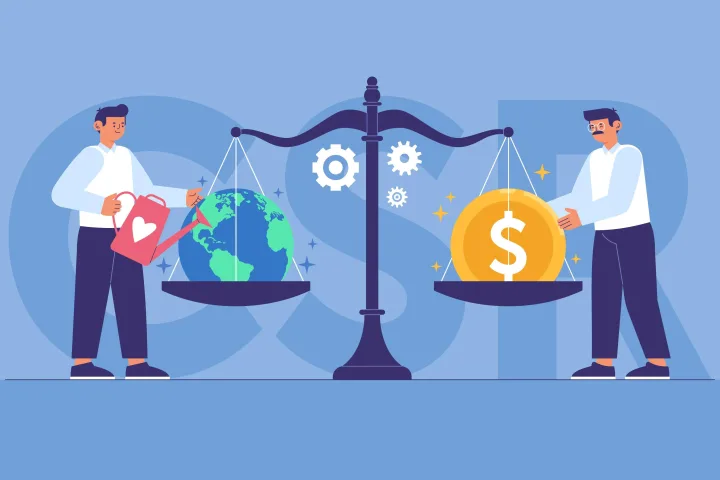
Honesty and trust are important parts of ethical persuasion in marketing that help keep customers coming back for more. Businesses may entice people to buy items and yet be honest by avoiding using tricks that aren’t true and focusing on what customers want.
Trust signals are critical in 2025, as consumers prioritize transparency. A 2024 Edelman Trust Barometer report shows 63% of consumers value brand honesty over price. A client added a transparent pricing table, increasing conversions by 8%. Use trust signals strategically to reinforce ethical persuasion in marketing.
Ethical Persuasion in Marketing – Avoid Dark Patterns
People lose trust when they see dark patterns like phony timers or hidden fees. The Baymard Institute says that 68% of customers quit their carts due to unanticipated costs. Being honest about prices and benefits is the main goal of ethical persuasion in marketing. We helped a retail client get rid of hidden shipping costs, which led to a 12% boost in completions. Another set of subscription terms was made clearer, which lowered churn by 10%. People are more likely to conduct business with you again if you are honest. Check your funnels often to make sure they satisfy user expectations and get rid of anything that could be used to fool consumers, aligning with Conversion Psychology in Marketing.
Privacy-Safe Lead Generation & First-Party Data
People’s thoughts on lead generation psychology are affected by privacy worries in 2025. Now that GDPR and CCPA are in place, first-party data, such as form submissions, is highly crucial.
You can use Hotjar and other technologies to look at how people act morally. A client switched to explicit opt-in forms, which led to an 18% rise in email sign-ups while still following the guidelines.
To relieve users’ anxieties, be upfront about how you will handle their data. For example, say, “We use your email to send you personalized offers.” We told a software company to offer a privacy guarantee, which made people trust them more and filled out forms 15% more. Put compliance first to keep relationships running for a long time. People’s thoughts on lead generation psychology are affected by privacy worries in 2025. Now that GDPR and CCPA are in place, first-party data, such as form submissions, is highly crucial.
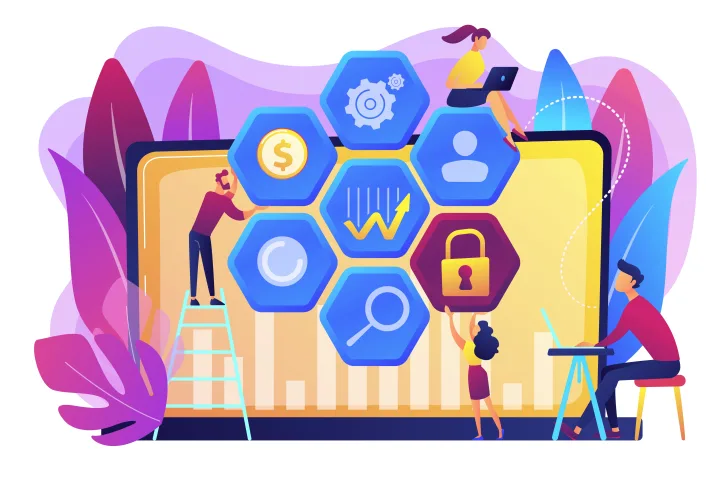
You can use Hotjar and other technologies to look at how people act morally. A client switched to explicit opt-in forms, which led to an 18% rise in email sign-ups while still following the guidelines.
To relieve users’ anxieties, be upfront about how you will handle their data. For example, say, “We use your email to send you personalized offers.” We told a software company to offer a privacy guarantee, which made people trust them more and filled out forms 15% more. Put compliance first to keep relationships running for a long time, leveraging Conversion Psychology in Marketing.
Progressive Lead Funnels & Micro-Yes Marketing
People are more likely to believe progressive funnels when they make small promises. Micro-yes marketing starts with low-risk calls to action (CTAs), like downloading a guidebook, to get consumers used to doing bigger things. A SaaS client used a quiz to obtain email addresses, which increased leads by 25%. Another business offered a free trial that didn’t take any work, which led to a 20% boost in sales. Make sure that your design funnels have clear micro-conversions, such as “Get your free checklist” before “Book a demo.” Testing each stage will help you make sure it feels normal and help you build up to bigger commitments, a key tactic in Conversion Psychology in Marketing.
Micro-yes strategies work best when personalized. A client segmented their audience by industry, offering tailored eBooks that increased conversions by 10%. Use CRM data to customize micro-conversions, and A/B test CTAs to optimize progression through the funnel.
Landing Page & Form Optimization Tactics
Making sure that your landing pages and forms are as fantastic as they can be is the most important part of Conversion Psychology in Marketing. Businesses can greatly minimize friction and increase conversions by making things faster, simpler, and easier to use.
Optimization requires ongoing testing. A client ran monthly audits on their landing pages, identifying bottlenecks that cut conversions by 5%. Use analytics to monitor performance and refine elements like CTAs and form fields to maximize results.
Page Speed Impact on Conversions & Bounce Rate
Pages must load quickly. According to Business Google, a delay of just one second might lead to bounce rates going up by 20%. To speed up page loading, use Google PageSpeed Insights. We helped a client cut back on visuals, which made pages load faster (from 5 seconds to 2 seconds) and increased conversions by 16%. Another improved server response that cuts down on bounces by 10%. To keep visitors interested, especially on mobile, where 60% of traffic comes from, focus on lightweight designs and fast hosting, a critical aspect of Conversion Psychology in Marketing.
Mobile optimization is critical, as 60% of searches occur on mobile. A client optimized their site for 5G networks, reducing load times by 1 second and boosting mobile conversions by 8%. Use lazy loading for images and prioritize above-the-fold content to enhance speed and user experience.
Clear Value Proposition Examples
A strong value proposition explains why they should choose you. For example, “Grow leads 30% with AI-driven campaigns” is basic and talks about the advantages. We helped a SaaS client test some headlines and identified one that garnered 25% more clicks. You can use tools like Optimizely for A/B testing. Make sure that your value offer is obvious, brief, and related to the difficulties that users are encountering. A clear offer lowered a client’s bounce rate by 15%. Look at our paid media services to see how they can help you obtain a good return on your investment in performance marketing.
Value propositions should evolve with user feedback. A client used surveys to refine their headline, aligning it with customer pain points and increasing engagement by 7%. Test variations monthly to ensure your proposition remains relevant and compelling.
Form Optimization Best Practices
Forms are highly vital for getting people to buy. According to Formstack research, reducing the number of fields from 11 to 4 can increase completion rates by 50%.
Make sure the buttons are big and easy to press on mobile, and that autofill is active. A client made their lead form easier to fill out by only having three fields. This caused submissions to go up by 35%.
Forms that have more than one step should have clear error warnings, like “Please enter a valid email,” and progress indicators. A B2B customer added inline validation, which helped 20% more people finish. Every week, test forms to detect and repair problems so that they operate better for people on both desktop and mobile devices, optimizing with Conversion Psychology in Marketing. Use tools like Crazy Egg to analyze form performance.

To put it simply, the purpose of Conversion Psychology in Marketing is to use behavioral studies and good design to turn visitors into loyal customers. People sign up for things because of social proof marketing, option architecture, and signs of authority.
In contrast, ethical persuasion in marketing generates trust by being honest. They can buy products easily when sites are speedy, forms are straightforward to fill out, and lead generation psychology makes them want to sign up.
To get started, try changing a headline, adding a review, or filling out a form. Then get bigger in a wise way. Stremeline believes that doing the right thing has long-term impacts that assist teams in coming up with fresh ideas and help clients. These strategies will help you design funnels that operate without breaking the law. Change the way you sell today with Conversion Psychology in Marketing.
By integrating Conversion Psychology in Marketing, businesses can sustain growth while prioritizing user trust. A client combined social proof and optimized forms, achieving a 20% conversion lift over six months. Regularly audit your funnels to ensure they align with ethical principles, and use analytics to track progress. Ethical strategies not only drive results but also build lasting customer relationships, aligning with Stremeline’s mission to serve and innovate responsibly.

